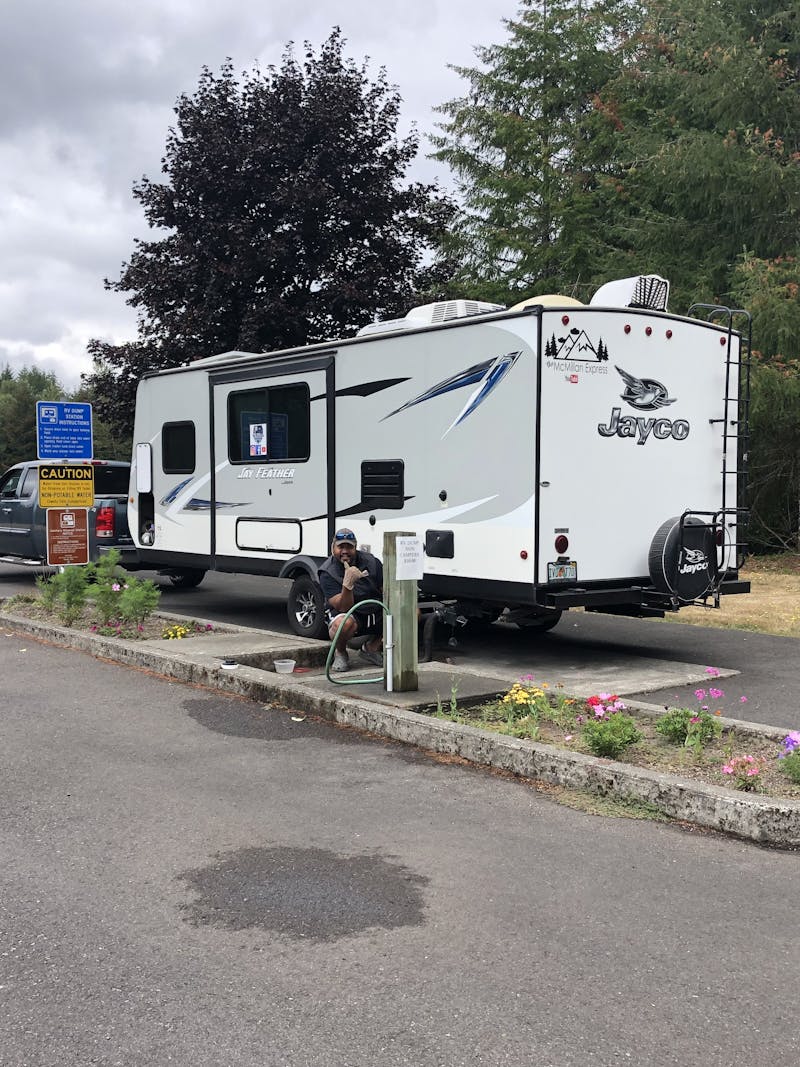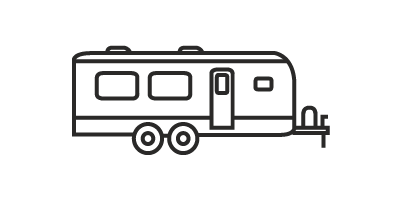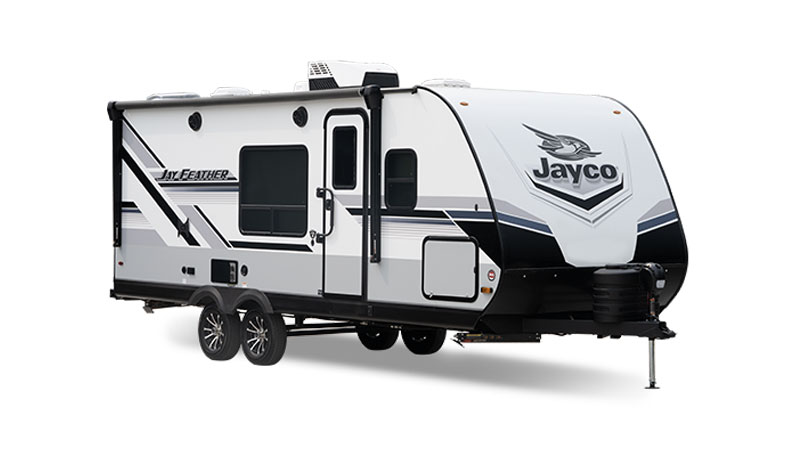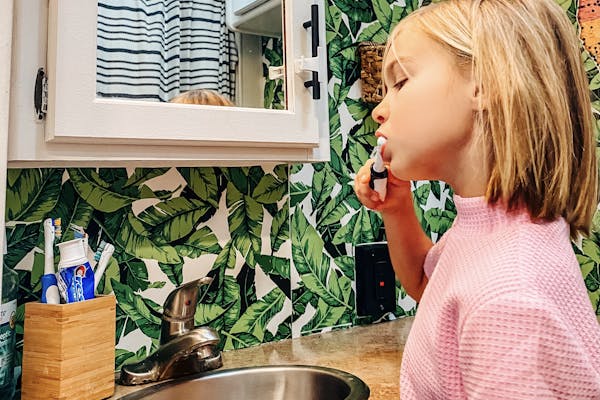Christina and Ben live a minimal and purposeful life that prioritizes adventures. Christina enjoys scenic drives, sunsets and art. Ben is more of a “watch the big game, campfire, bourbon, people person” type of guy. More than anything, they enjoy being together in their Jayco Jay Feather travel trailer and not being tied to one particular location.
Learn
Your Guide to RV Bathrooms and Plumbing
Maintaining your bathroom and plumbing systems is a vital part of owning an RV. Justin and Michelle Russell share their tips for keeping your RV bathroom running smoothly.











